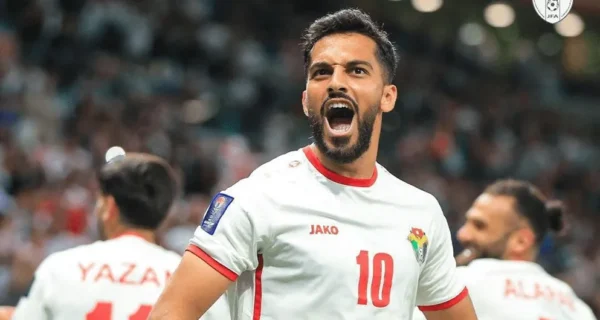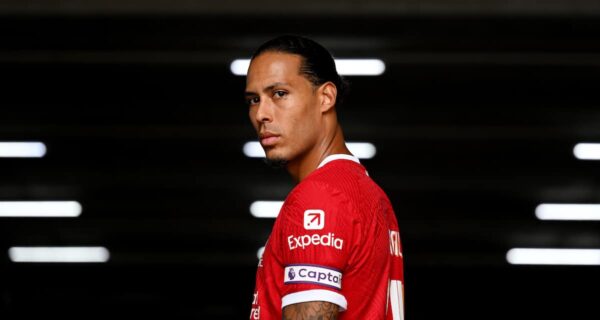The women’s national team of the Netherlands has evolved from under-the-radar to heavyweight status in just a few years. They won the European Championship in 2017 in their home country, which gave the squad belief and visibility.
From that point on the team began to show up regularly in tournaments, playing with more conviction and structure than before. Their success didn’t happen by accident. It came from better youth development, smarter coaching appointments, and a national focus on women’s football that matched the men’s programmes.
If you’re wondering where to place your bets when Dutch teams show up, these Dutch betting websites will often list the Netherlands women as credible contenders now. The growth of the national side has lifted interest at club level, infrastructure, and public appetite. What was once novelty has become expectation.
National team foundations
The Netherlands women’s national team built its rise on strong tactical discipline and flexible attacking talent. They became more ruthless in tournaments. In the 2017 Euros they beat Denmark 4-2 in the final, making history for the country.
That title created momentum. Two years later they reached the 2019 World Cup final before losing to the USA. That showed that the Netherlands were not a one-hit wonder. They had trajectory.
Those performances mattered because they changed perception. The players became household names. Clubs began to take notice. Media coverage rose. The national federation invested more.
The next stage became about sustaining, not just achieving. This mindset shift is one of the practical lessons for any country wanting to punch above its weight: win a title, then build systems so the win is not a fluke.
Club scene picks up speed
While the national team was gaining attention, the Dutch club system quietly improved too. Clubs began investing in women’s teams, infrastructure improved, and more young Dutch players got chances domestically instead of seeking moves abroad early. When a domestic league starts producing talent that feeds into the national team, you get a virtuous cycle.
The practical part here is this: domestic strength breeds international strength. If a country has clubs where players develop, compete regularly and stay in familiar environments, the national side benefits.
For the Netherlands the improvement at club level helped maintain quality depth rather than relying solely on a few stars.
Coaching and leadership: Sarina Wiegman’s impact
Sarina Wiegman, the current England coach, is a central figure in the Dutch rise. She is the first manager, men’s or women’s, to reach five major international tournament finals in a row.
Her record is remarkable: Euro 2017 win with Netherlands, World Cup 2019 final, then taking on another national team, reaching more finals, and winning more trophies with the Lionesses. She has shown that leadership and clear game plans matter.
For teams and coaches elsewhere the lesson is clear: consistent success requires more than good players. It requires a consistent structure, belief under pressure and the ability to adjust in tournaments.
Wiegman brings calm under fragmentation, and she delegates responsibility so players feel ownership. That kind of leadership is rarely flashy but it pays off.
Style of play and strategic identity
The Netherlands women adopted a style that balanced solid defence with creative attack. They were not ultra defensive but they were efficient. They made the most of transitions and set-pieces when needed.
Their squad contained players who could break lines combined with players who could hold the shape. That mix gave them flexibility.
That flexibility means they are less predictable and harder to prepare for. From a broader business-oriented viewpoint the takeaway is this: building a tactical identity is good, but you also need options.
Being able to switch between styles or adapt during a match is what separates consistent teams from occasional ones. The Dutch have shown that adaptability matters.
Sustaining momentum and preparing for future
Success can breed complacency. The Dutch system seems to recognise that. They are not just riding a wave, they are building for the next decade. Youth programmes are stronger, talent pipelines more reliable, coaching education more rigorous. That gives them depth and sustainability.
For other nations or clubs wanting to replicate a rise the practical advice is: invest in long-term development rather than just chasing wins.
Focus on coaching quality, player welfare, scouting, and domestic competition. Because a good season is great, but a good decade is legacy. The Netherlands are making the shift from season to era.
The broader significance
What the Dutch rise shows is that success in women’s football is less about money alone and more about alignment of structures, culture and leadership. Yes having resources helps, but many nations have money and still struggle.
The Netherlands proved you can climb quickly if you put smart pieces in place: a clear vision, domestic league improvement, coaching quality and a winning mindset.
This matters for fans, analysts, and entrepreneurs alike. For fans it means more competitive international tournaments.
For clubs it means recognition of value in women’s football. For investors and commercial partners it means this segment is maturing and delivering on both sport and business fronts. The Dutch case offers a blueprint.
Total football
The rise of Dutch women’s football is a story of consistency and culture. The national team set the pace, the clubs improved support systems, the coaches delivered.
And Sarina Wiegman’s record stands out as a landmark achievement. Watching their story gives practical insight into what successful football programmes look like.
If you are interested in women’s football, in how teams elevate from good to great, or how systems evolve rather than just players, the Netherlands are one of the most compelling case studies. With the Dutch, the best is yet to come.












